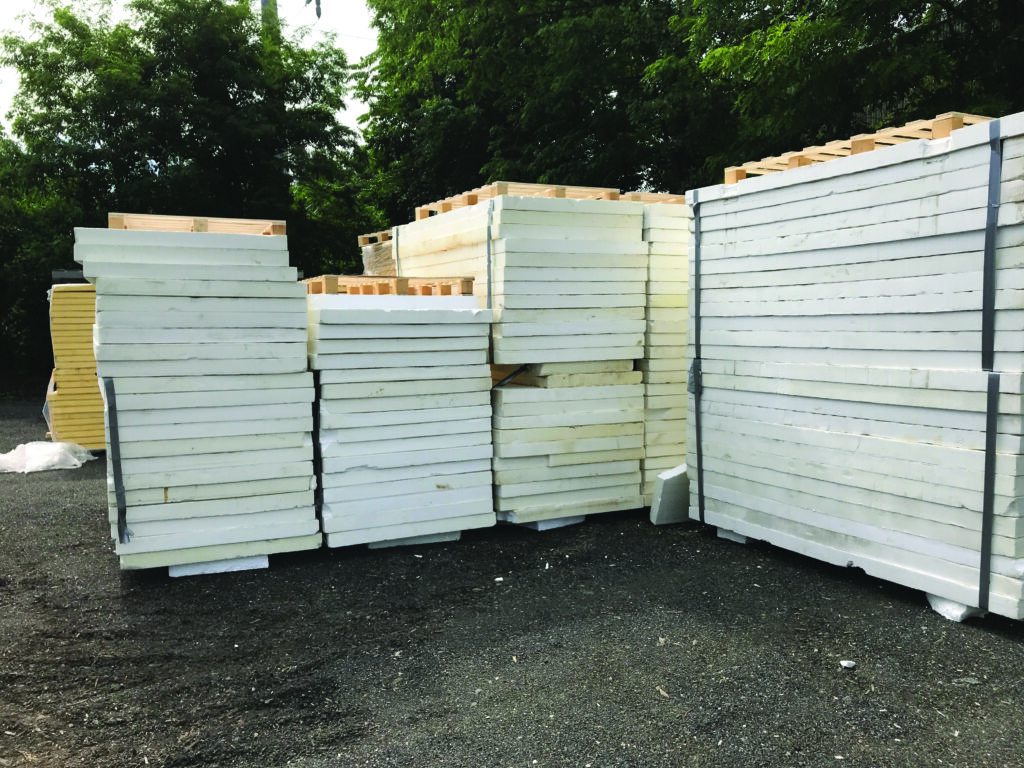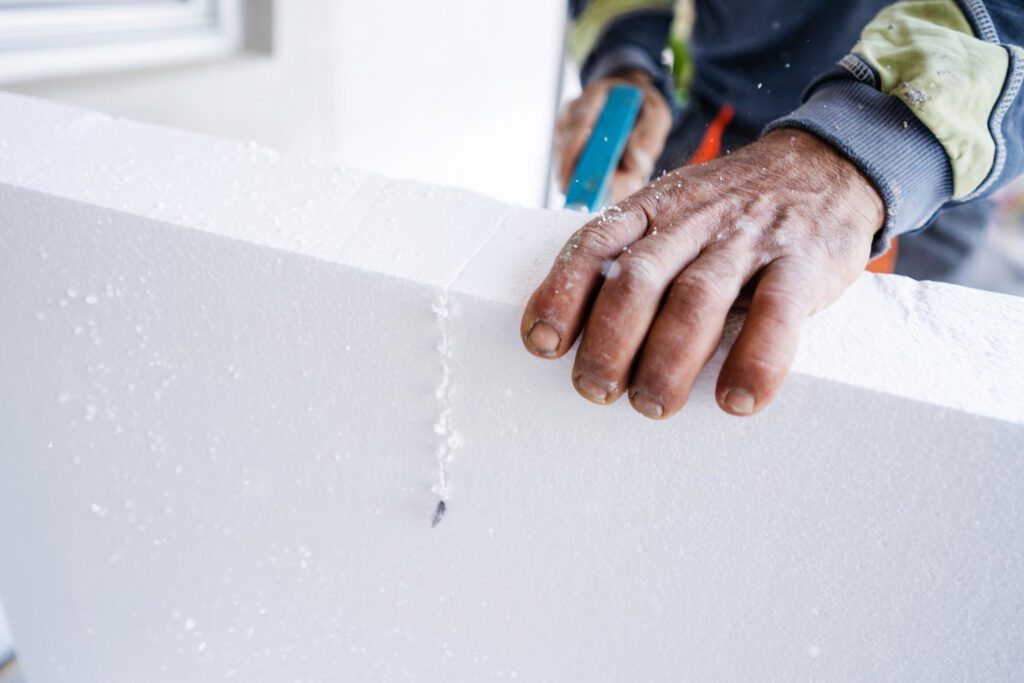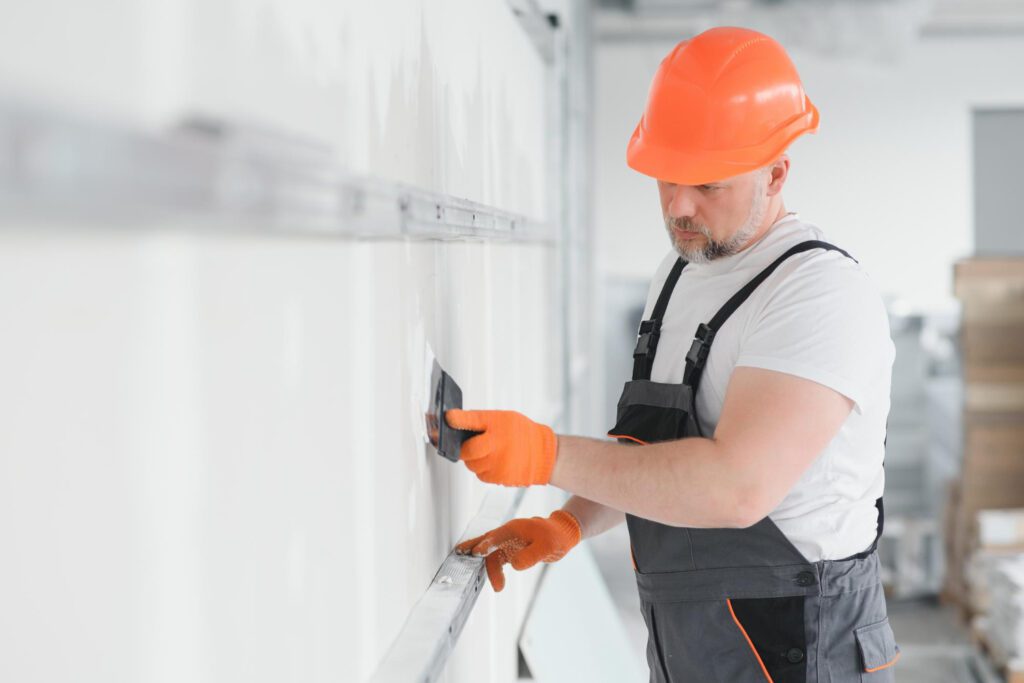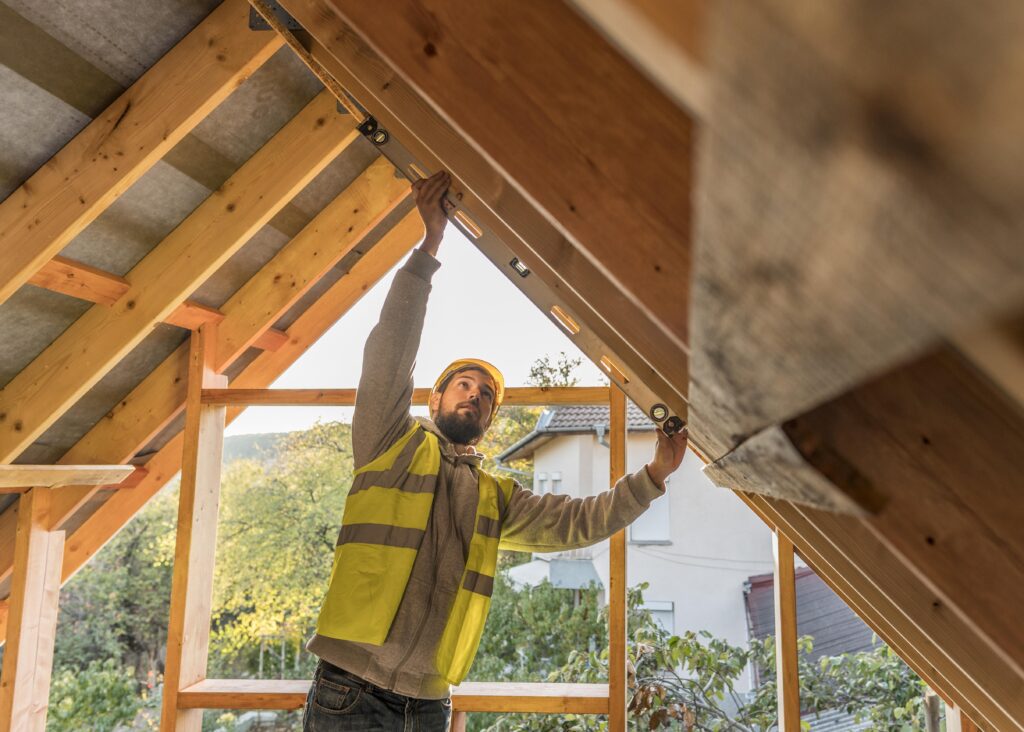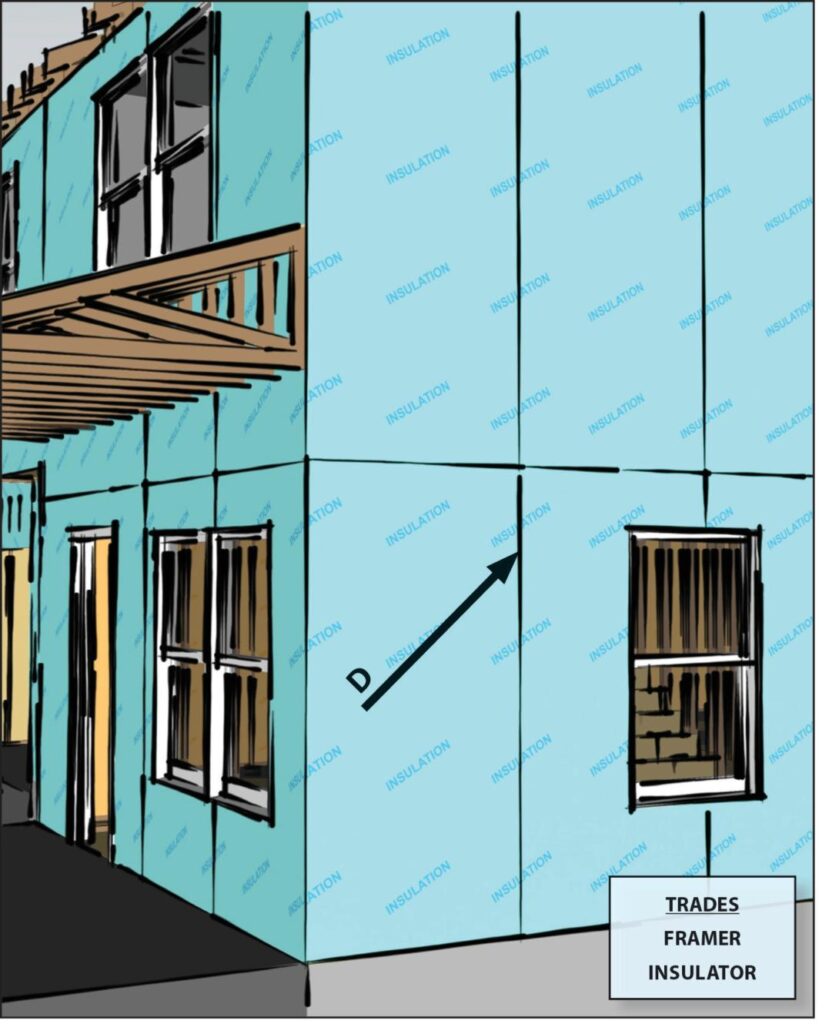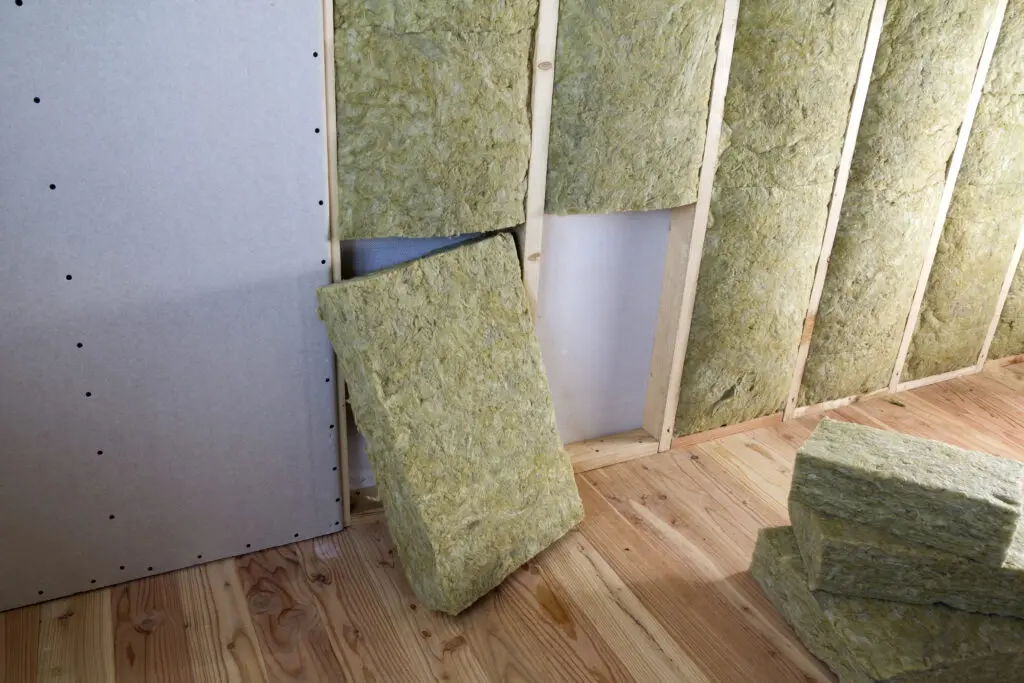Continuous Insulation
Exterior XPS Retrofits Over Plank Sheathing
Let’s get this house properly retrofitted for energy efficiency in your Massachusetts climate! You’re making a wise choice with continuous exterior XPS insulation, especially in a cold climate like yours. Using reclaimed XPS from Green Insulation is also a great sustainable approach, reducing both costs and environmental impact. Here’s a detailed breakdown of the layers,…
Read MoreDeep Energy Retrofit Essentials: Sealing the Building Envelope with Rigid Foam Insulation
As sustainable building practices become more mainstream, deep energy retrofits are gaining popularity for their ability to dramatically improve home energy efficiency. A key component of these retrofits is sealing the building envelope to minimize heat transfer and energy loss. This involves using high-performance materials like rigid foam insulation, which not only improves energy efficiency…
Read MoreGreen Building on a Budget: Massachusetts Energy Codes Meet Reclaimed Foam
Building a new home or undertaking a major renovation in Massachusetts comes with a hefty price tag, thanks in part to the rising costs of construction materials. But did you know that there’s a sustainable and cost-effective solution that can help you meet the state’s stringent energy codes without breaking the bank? Enter reclaimed foam…
Read MoreIs Continuous Insulation a Continuous Air Barrier?
Continuous insulation (CI) in the context of home building is a layer of insulation that is installed without any thermal breaks. This means that the insulation is continuous around the entire building envelope, including the walls, roof, and foundation. CI helps to reduce heat loss in the winter and heat gain in the summer, which…
Read MorePros and Cons of Continuous Insulation (CI)
Continuous insulation is a building design practice where a continuous layer of insulation material is applied around the exterior of a building’s envelope, often in conjunction with other insulation methods. Here are some of the pros and cons of using continuous insulation: Pros: Energy efficiency: Continuous insulation can significantly improve a building’s energy efficiency by…
Read MorePros and Cons of Polyiso vs EPS vs XPS for Continuous Insulation
Continuous insulation (CI) is a layer of insulation that covers the entire building envelope without any thermal bridges, such as studs, joists, or rafters. CI reduces heat loss and improves energy efficiency, comfort, and durability of buildings. CI can be applied on the exterior or interior of walls, roofs, and floors, using different types of…
Read More
